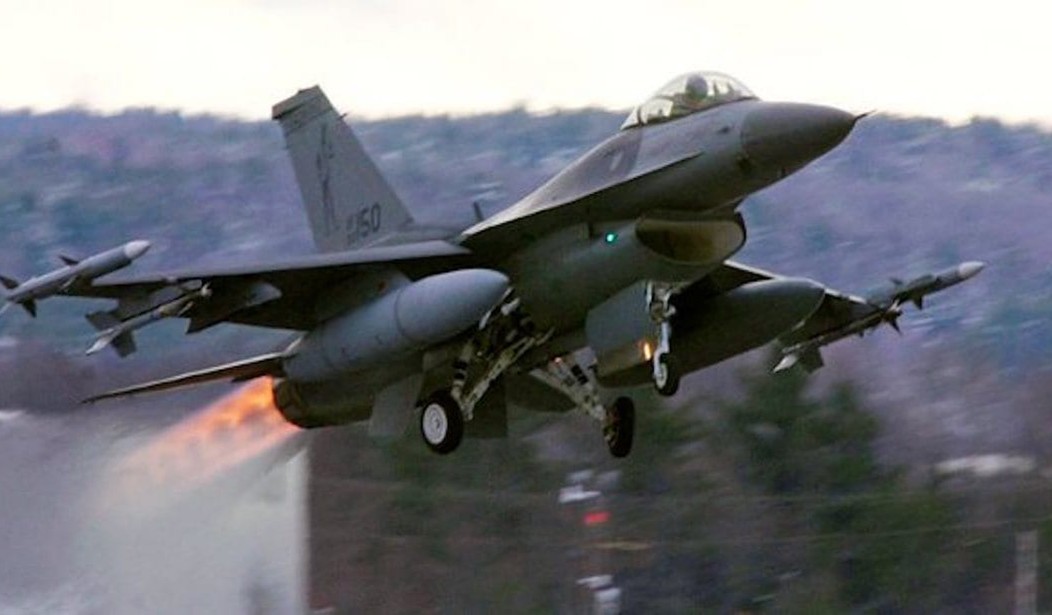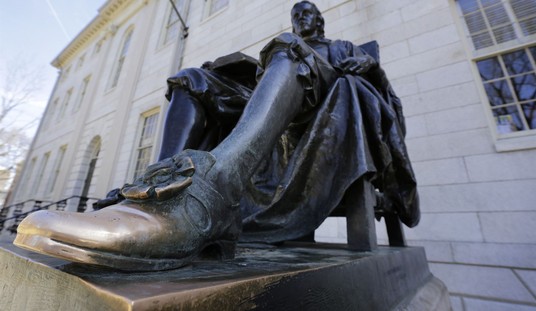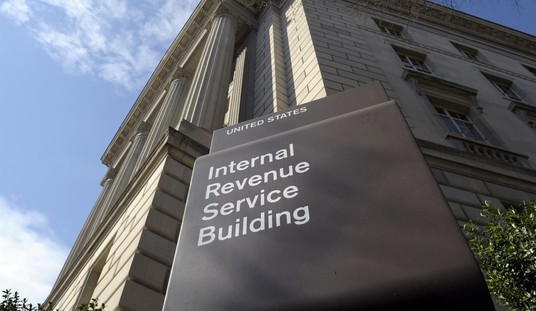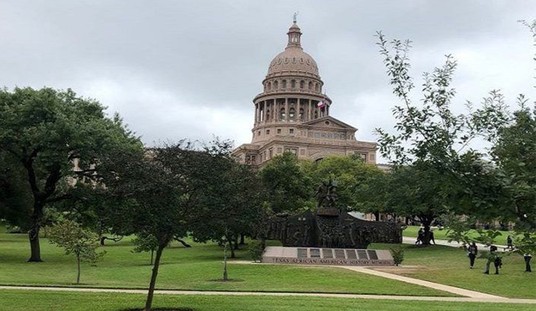Joe Biden's visit to Vietnam was a hot mess of stupidity, dementia, and the downright bizarre; see RedState's coverage of the one-man dumpster fire at Staff Pulls Plug on Presser as Biden Goes Over Edge in Vietnam With Confusion, Dog-Faced Pony Soldiers,
Yikes: Biden Thanks the Vietnamese on 9/11, Visits Site Where McCain Was Captured, As if the Presser Weren't Bad Enough, Biden Then Makes Embarrassing Posts About His Visit to Vietnam, MOTR, Ep. 79: G-20 Meetings Are Fun for Elites, but They Can't Even Call out a Ruthless Invader, and RedState Weekly Briefing: Granholm's Clown Car, Kennedy's Story Hour, Biden's Hanoi Hangover.
While Joe Biden was spreading confusion, substantial work was in progress behind the scenes. For instance, Vietnam Airlines agreed to buy 50 Boeing 737 Max jets, presumably of the variety that doesn't randomly crash. Three US semiconductor-related companies agreed to open production facilities in Vietnam. Microsoft and NVIDIA agreed to create a partnership with their Vietnamese counterparts to work on AI for Vietnam. Agreements were reached on human rights in Vietnam (yeah, lol at that), the policing of fisheries, and the continuation of Agent Orange remediation and removal of unexploded ordnance from the Vietnam War.
All of this marks an attempt to capitalize on Vietnam's ongoing conflict with China to bring that country closer to the West. Behind the scenes, there were other happenings afoot.
Friday, Reuters reported in an exclusive story that the Biden White House is negotiating to sell Hanoi a large number of US F-16 multi-role fighters to replace the Russian sleds aircraft it currently uses.
A package, which could come together within the next year, could consummate the newly upgraded partnership between Washington and Hanoi with the sale of a fleet of American F-16 fighter jets as the Southeast Asian nation faces tensions with Beijing in the disputed South China Sea, one of the people said.
...
Washington is considering structuring special financing terms for the pricey equipment that could help cash-strapped Hanoi steer away from its traditional reliance on lower-cost, Russian-made arms, according to the other source, who declined to be named.
The project is attractive to Vietnam because it improves its capability to defend its land and maritime borders from encroachment by the Chinese. For those who don't follow the area, Vietnam and China have fought at least six land or sea battles since the end of the Vietnam War.
Not only are the F-16s a better platform than the Russian aircraft in use, but Putin's War in Ukraine has made acquiring spare parts difficult. Not only are they hard to come by, but any company touching the parts risks being hit with US and EU sanctions. As Russia has become a virtual Chinese client state, depending upon Russian weaponry in a border war with China doesn't make a lot of sense. Buying US aircraft not only improves the quality of the Vietnamese Air Force but also affords a great degree of independence of action by Vietnam.
As Lord Palmerston said, "We have no eternal allies, and we have no perpetual enemies. Our interests are eternal and perpetual, and those interests it is our duty to follow." Vietnam's interests are its political independence and territorial integrity. Allowing the US Navy to use Cam Rahn Bay and buying US fighters reflects a new reality in the region.













Join the conversation as a VIP Member